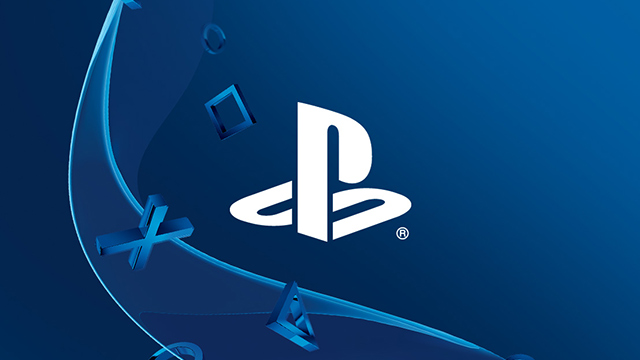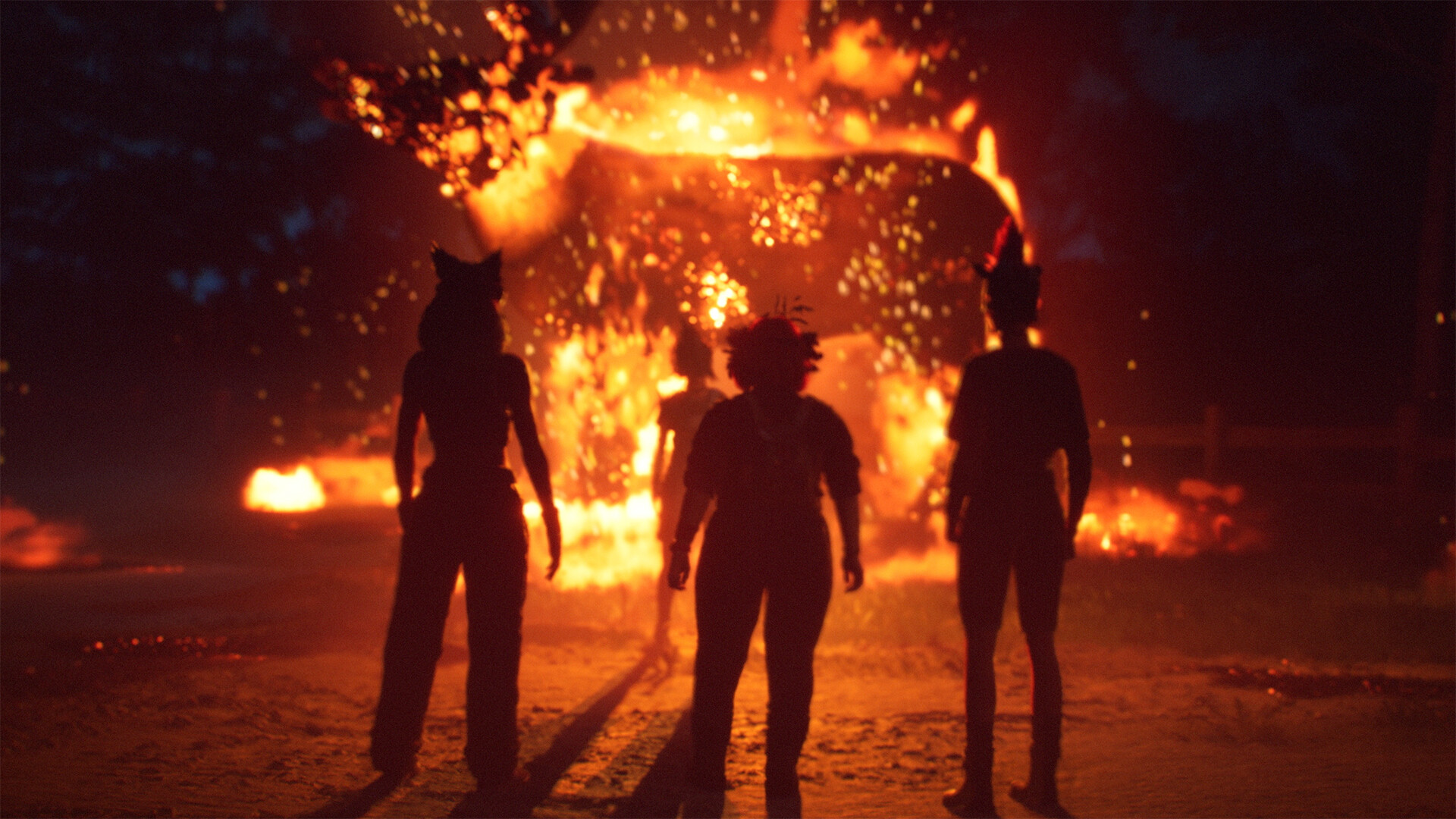
Today, Sony announced that it was drastically scaling back its PlayStation Now subscription program, where customers could pay a monthly fee to stream a library of PlayStation games to compatible devices. Currently available across a range of Sony and Samsung televisions, PS3, PS4, PS Vita, Sony Blu-ray players, and PC, the service will only work on PS4 and PC after August 15 of this year.
While Sony isn't outright ending the service just yet, this move doesn't instill in me a lot of confidence. The company has a history of tossing services and products out into the wild and then letting them die quiet deaths, never to be spoken of again. For every phenomenal success like the PS2 or PS4, there's crate full of unsold EyeToys and PS Move controllers.
Let's look back at Sony's history to see if we can judge where PlayStation Now is going:
EyeToy (2003)
Remember all the great games available on PS2 for the EyeToy? Probably not, considering that over the course of five years, it only received a total of two dozen games that were actually designed for the hardware. A few more games here and there let you take advantage of the camera's features, but all told, this was a gimmick device that was quickly forgotten.
PlayStation Eye (2007)
See above, but with even fewer games. And while Eye of Judgment was pretty cool, one game couldn't carry this peripheral out of obscurity. PlayStation Move would give the Eye a bit of a boost a few years down the road, but much like the EyeToy before it, this accessory was dead on arrival.
PlayStation Home (2008)
PlayStation Home was positioned as our virtual home away from home, where we would all live in luxurious penthouse suites and yet always within walking distance to our favorite games and movies. But instead of becoming the next Tron or Reboot like we imagined, Home languished and was given only the barest of updates until the plug was pulled in 2015.
PS Move (2010)
Sure, you could argue that the PS Move isn't dead since it can be used in conjunction with PlayStation VR, but let's be honest - the repackaging of technology from more than half a decade ago does not constitute being given a new lease on life, especially when it's an optional part of the package. The sooner we can admit that the PS Move died in 2012 - the last time Sony gave it any kind of attention - the sooner we can move on.
Sign up to the GamesRadar+ Newsletter
Weekly digests, tales from the communities you love, and more
PlayStation 3D Display (2011)
The 3D television market never took off the way early adopters would've liked - and therefore, neither did the PlayStation 3D Display. This 24-inch screen capable of "SimulView" technology (where one image was sent to one player's glasses and the other image was sent to the other player's glasses, effectively eliminating the need for splitscreen in a select handful of games) was one of Sony's shortest-lived experiments. The display launched at $500, but was quickly discounted. By the end of the year, Sony wasn't even talking about the display, let alone supporting it with games or selling them.
Xperia Play (2011)
Sony entered the mobile handheld market a bit late when it launched the PSP in 2005; by then we were already playing Lemmings and Tetris on our Motorola RAZRs. So it was for years that fans begged Sony to combine the functionality of a cellphone with the gaming capability of a handheld. And when Sony delivered in the form of the Xperia Play… it fizzled. While you can technically still obtain and use these devices, it's telling that Sony hasn't tried to make a follow-up since.
Wonderbook (2012)
Seriously? This thing required the PlayStation Eye, PlayStation Move, and it only had four compatible games over the course of its existence. If you blinked at any point after the device's November 2012 launch, you likely missed it.
PlayStation Mobile (2012)
Unlike the physical products Sony tried to market, PlayStation Mobile was a digital software suite and storefront, meant to expand the idea of PlayStation on your smartphone. Much like the Google Play Store or iOS App Store, this is where you could download "PlayStation Certified" games. But as anyone who's ever owned a Windows Phone will tell you, the smartphone market ain't big enough for three. PlayStation Mobile was closed down in 2015, with just over 130 games disappearing forever.
PlayStation Vita TV (2014)
Originally released only in Japan, PlayStation Vita TV (or just PS TV if you prefer) came to North America and Europe in 2014. Compatible with most Vita games, the PlayStation Now service, and usable as a set-top streaming box, PS TV has continued to hold on for dear life. But now, with fewer and fewer Vita games and no more PS Now support, it's mostly good for streaming. As of early 2016, Sony has stopped shipping the PS TV in Japan.
Which brings us to Now. PlayStation Now. The streaming service went into open beta in the summer of 2014, with an official launch in 2015. Two years later, Sony is pulling back the scope of the project. Will it give up on PS Now completely? History would suggest it could potentially carve out a niche existence, but don't be surprised if you see news of its closure or overhaul by this time next year.
Seen something newsworthy? Tell us!
Sam is a former News Editor here at GamesRadar. His expert words have appeared on many of the web's well-known gaming sites, including Joystiq, Penny Arcade, Destructoid, and G4 Media, among others. Sam has a serious soft spot for MOBAs, MMOs, and emo music. Forever a farm boy, forever a '90s kid.



